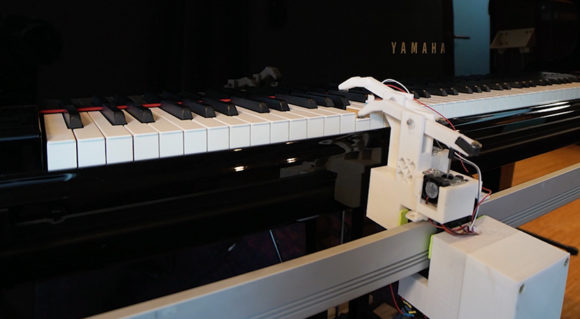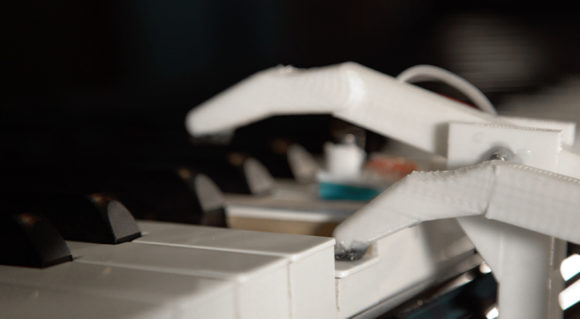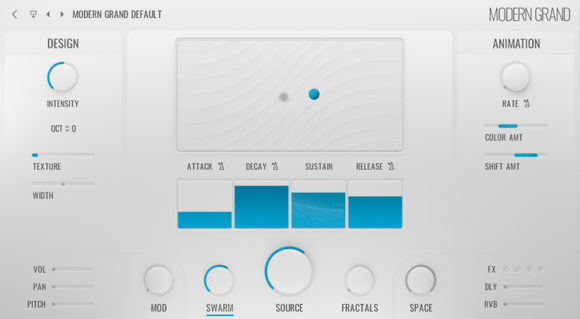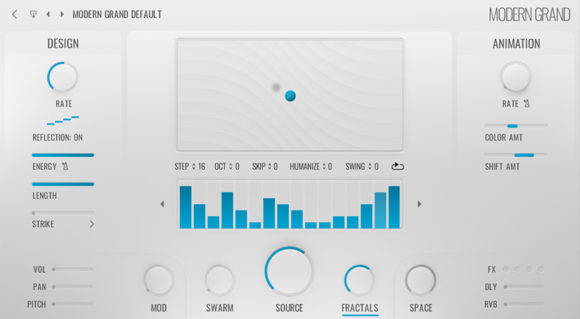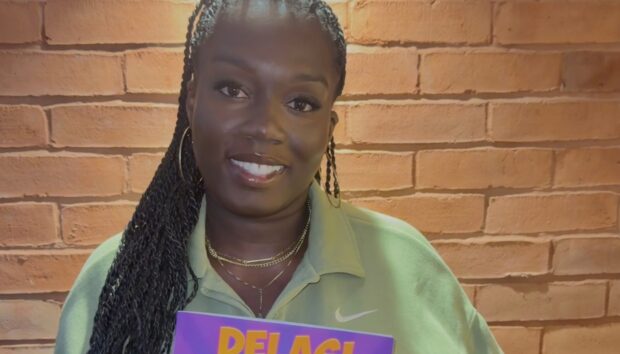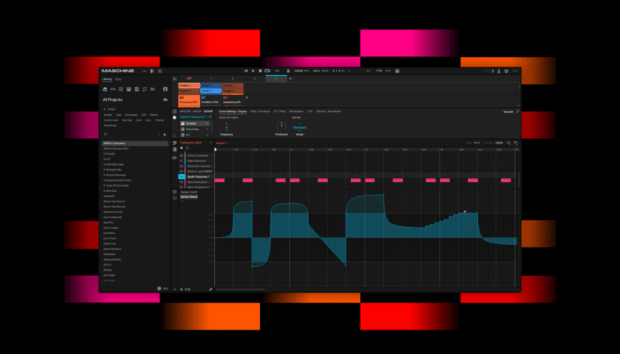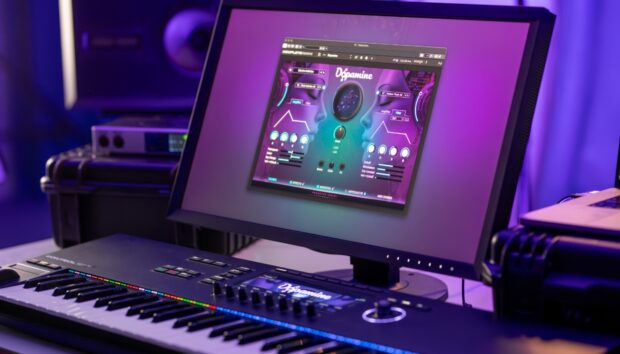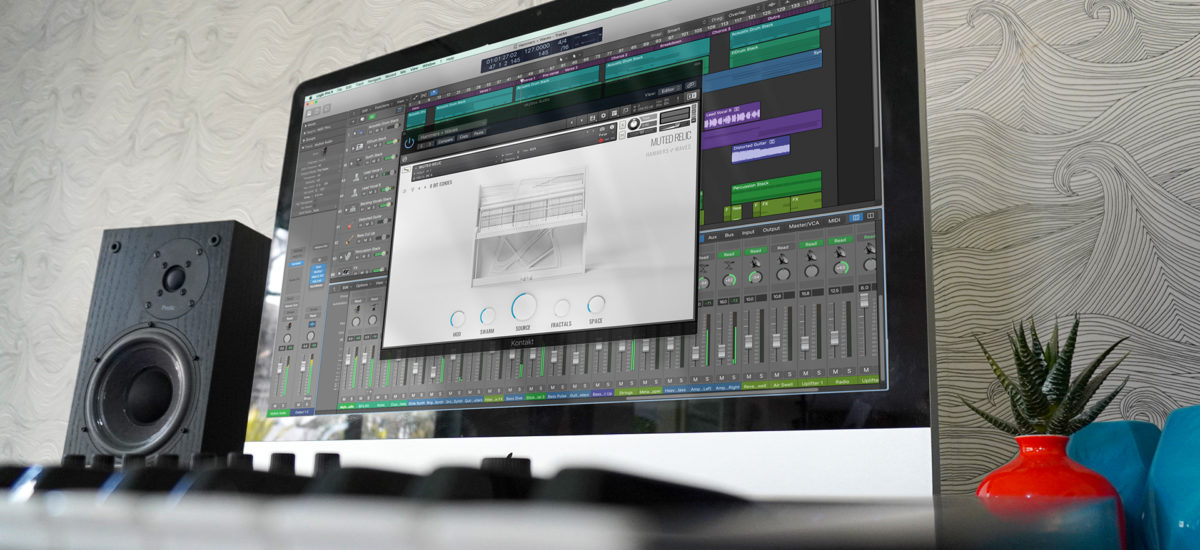
It’s been an exciting few years for skybox Audio. Their unique products have been the talk of the Kontakt sampling world ever since they announced that they were working on libraries with the help of an autonomous robotic assistant. Since then, the team have been quietly working away on Hammers + Waves, a suite of libraries which have developed into a comprehensive keyboard collection.
Most recently, Hammers + Waves has been inducted into our own NKS shop, where you can currently grab four different flavors at a special introductory price. To celebrate, we sat down with founder Danny Dunlap to learn how the company continues to innovate.
So who is skybox Audio?
Like most sample library producers, we have a dedicated small team. My background is as a bass player, composer, music producer. For twenty years I’ve partnered with music production collective Beacon Street Studios, based in California. We’ve been involved in a ton of award-winning film, television and advertising throughout the years.
Azrul Saleh is skybox Audio’s Kontakt scripting wizard and a creative powerhouse. He began his professional career designing custom Kontakt instruments for composer Jeff Russo, for shows such as Fargo, Channel Zero and Legion. He was subsequently hired by award-winning sound designer Alvin Wee, to create a new Kontakt drum kit for Dominic Lewis, featuring Brad Wilks (Rage Against The Machine).
Dana Nielsen is a Grammy-nominated mixer, engineer, producer, and multi-instrumentalist known for his work with top-tier artists like Rihanna, Adele, The Smashing Pumpkins and Kanye West. Legendary producer Rick Rubin often taps Dana’s skills for lots of projects including for Justin Timberlake and Red Hot Chili Peppers. Dana actually recorded and mixed The Smashing Pumpkins’ “Shiny and Oh So Bright Vol. 1” (Napalm).
How did you all come together?
For many years Dana and I have been creating music together (when we’re not surfing that is). We were about to leave on a surfing trip to Bali and I needed a new composer’s assistant in a hurry. So I posted on the Berklee College of Music career message board and Azrul replied. I soon found that this guy was so much more than a composer’s assistant. It started to snowball when I showed him code that I had written for an Arduino project I was working on. It only took him a day to completely rework the code and I was shocked at his speed and ingenuity. Once the door to collaboration was open we immediately started to build all kinds of crazy projects together. From software for haptic wearables to stomp boxes, and eventually our keyboard sampling robot.
How did that curiosity apply to sampling?
As a garage inventor and serial tinkerer I’ve always been curious about how to automate the process of sampling keyboard instruments; taking human interpretation out of the process and sampling in a ‘scientific’ way. I wanted to figure out a way to apply a precise amount of force to the keys consistently, then the velocity zone mapping wouldn’t be dictated by amplitude. Instead, it would be decided by a set amount of force, just like a real-life player. I discovered that this gives a stunningly honest sonic snapshot of the original instrument. On a real mechanical keyboard one note might have a slightly different response than the next, and that’s how the sample feels too. The integrity of the response curve of every note is maintained and that leaves the interpretation up to the player, feeling just right under the fingers.
That’s why you developed the robot fingers?
Indeed. The robot allows for an incredible amount of precision and consistency at the recording stage. It’s almost completely autonomous and can capture an entire 88 key piano at 16 velocities per note in about 48 hours. There’s another less obvious advantage; the robot doesn’t need to stop to breathe. I think that anyone who’s ever recorded quiet instruments can relate to having to hold their breath until a note has finished ringing out.
So it’s better than a human player?
Not completely. One of the most difficult problems to solve was taking into account the effect that heat has on magnetism. The solenoids that move the fingers are essentially electromagnets so they heat up every time they are in use. We needed to allow for that and devised a way to ensure that every key press is made when the solenoid is at precisely the same temperature. That was definitely a challenging part of the build.
How do you prepare your instruments for sampling?
I think the order of sonic importance is like a chain, with the player first, then instrument, then microphones and so on, down the line. So great care was taken to curate the particular instruments we recorded. Living in Los Angeles for so long we’ve been lucky enough to come in contact with some exquisite instruments throughout the years. So it was almost like an ‘Avengers Assemble’ situation, pulling together all of our favourite instruments in L.A. for sampling sessions. We have access to some of the best techs and tuners in the world out here so we put them to work, making sure each instrument was in top condition.
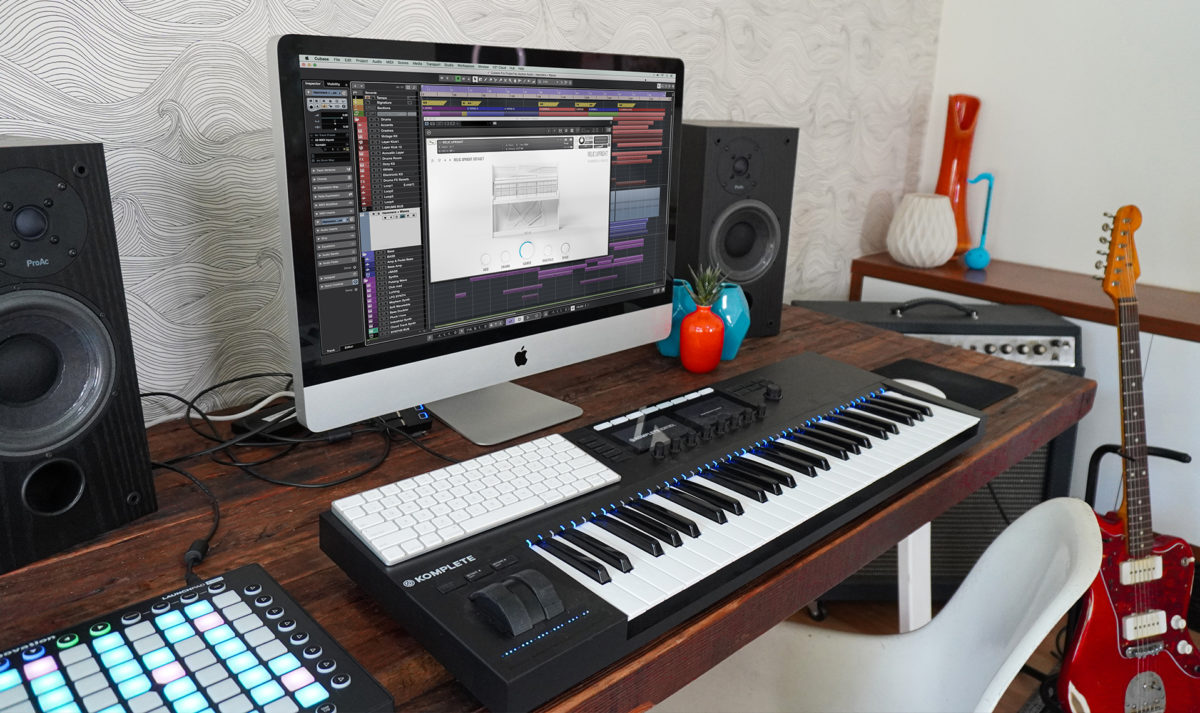
What about the recording process itself?
We focussed on the special characteristics of each instrument as they’re all so different. The end result is actually a blend of modern / vintage gear and mixing them to our personal taste, as we recorded so many mics and signal paths along the way. Our process for mixing is unique and we use Kontakt as part of that chain: Since everything is automated we map every mic and direct signal to its own instance of Kontakt and then actually mix the output from the sampler itself. Then we sum the best sounding mics down to close and far combos so the user can blend between these two bespoke signals.
How did you settle on the unique design of the Kontakt instruments?
We are huge fans of clean and thoughtful design and we tried to bring that to this collection as much as possible, ending up working for months on the layout of the controls alone. So many developers seem to use black as a default design choice, so we wanted to challenge ourselves with the white colour palette and super-clean lines. Azrul is the mastermind behind every line of code. Of course, this is after exchanging lots of ideas about how to make the instruments as musical as possible whilst also adding unique features. We were also committed to making these instruments NKS compatible because of the freedom it gives the user. To have all the controls mapped right there on your hardware just invites the kind of creative tweaking we really love to encourage.
What’s happening under the hood with the inspiring SWARM and FRACTALS processing?
SWARM is built on a process that we call Deep Granular Synthesis. It’s unique because the scripting uses velocity layers to change amplitude and not just a traditional ADSR volume ramp. It gives a really special character since the timbre of the sound opens up in the same way as the recorded source instrument. Mix that with the Animation controls and the XY tone shaping and you can fall down a rabbit hole of tonal exploration.
FRACTALS is an arpeggiator built from the ground up with keyboard instruments in mind. It has several really interesting and inspiring features like REFLECTION which simultaneously plays an arpeggio in retrograde an octave up. This creates intricate woven patterns that I find absolutely mesmerising. SKIP is another cool feature, letting you move pedal bass notes around under an arpeggio without adding them to the pattern; really fun for ostinatos. We’ve utilised many of these features liberally within the included presets.
What about the other features like Pre-strike?
This feature was a personal mission of mine to implement as it’s absent in almost every other piano sample library. The engine plays a little bit of hammer action audio before the hammer strikes and it was challenging to implement, but it just adds that unexplainable bit of magic to the sounds. The Pre-strike samples themselves are all trimmed to start exactly 200ms before the transient. Activating the Pre-Strike control in the interface plays the samples from this start point (you’ll need to compensate 200ms in your DAW) but the results are very realistic.
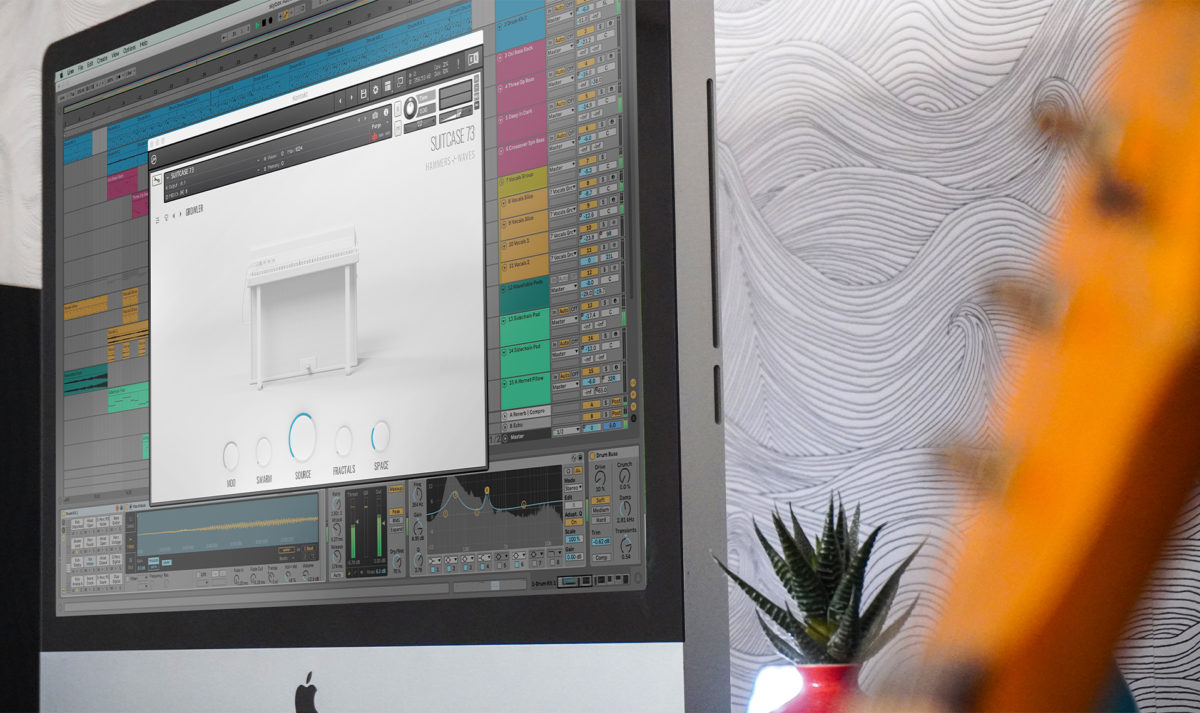
Which presets are your favourites?
Our benchmark for designing presets is that if you pick a sound and get completely lost in it for twenty minutes, then it passes the test. We wanted players to be able to get immersed in these sounds to instantly stir their creativity. That’s why we also include preview snippets for every preset, playable within the interface, so you can hear the sounds in context. As far as favourites, it’s really difficult to choose as there are so many. I love The Devil and Mr. 4 Track from the Relic Upright which was inspired by Daniel Johnston’s genius early cassette overdub recordings. The Leader from the EP 200A reminds me of a classic kind of organic Joe Zawinul lead sound. On the flip side, Undertow (from the same instrument) is a great example of how you can create evocative cinematic pads from an old Wurli.
When designing presets we are really exploring the capabilities of the engine without straying too far from the integrity of the recorded instruments themselves. Having said that, preset expansions are currently in development where we’re really pushing the envelope, moving into more experimental territory. This process has been a blast so look out for those soon.
Have you heard any skybox Audio instruments out in the wild?
To be perfectly honest that is the part of this journey that we weren’t prepared for, after having our heads down, working for years on Hammers + Waves. One of the most amazing things that comes to mind is a score written by composer, producer, pianist James Poyser (The Roots). We were lucky enough to hook up with James early on in the process and get him to beta test some instruments. He had dropped us a note at one point and said, “These are amazing and I’m using the UX Upright for the main sound of a film I’m working on”. Obviously, this was awesome but then we didn’t hear from him for a few months. Next thing we know, that score won an Oscar for best live action short film – we were floored! It’s called Two Distant Strangers and the Hammers + Waves UX Upright is all over the score. It’s a total thrill to be a part of that important movie in our own small way.
That’s amazing! So we’ll hear more from skybox Audio in the future?
Certainly. We’ll continue to innovate to make unique and inspiring tools for the global creation community. All of the team feel so lucky to have music as a means of expression, as a motivator and a powerful healer. The idea that we are helping to perpetuate that is what drives us to keep creating.
Four different flavors of skybox Audio’s Hammers + Waves are available now. Learn more, hear demos, and purchase at our NKS shop.








